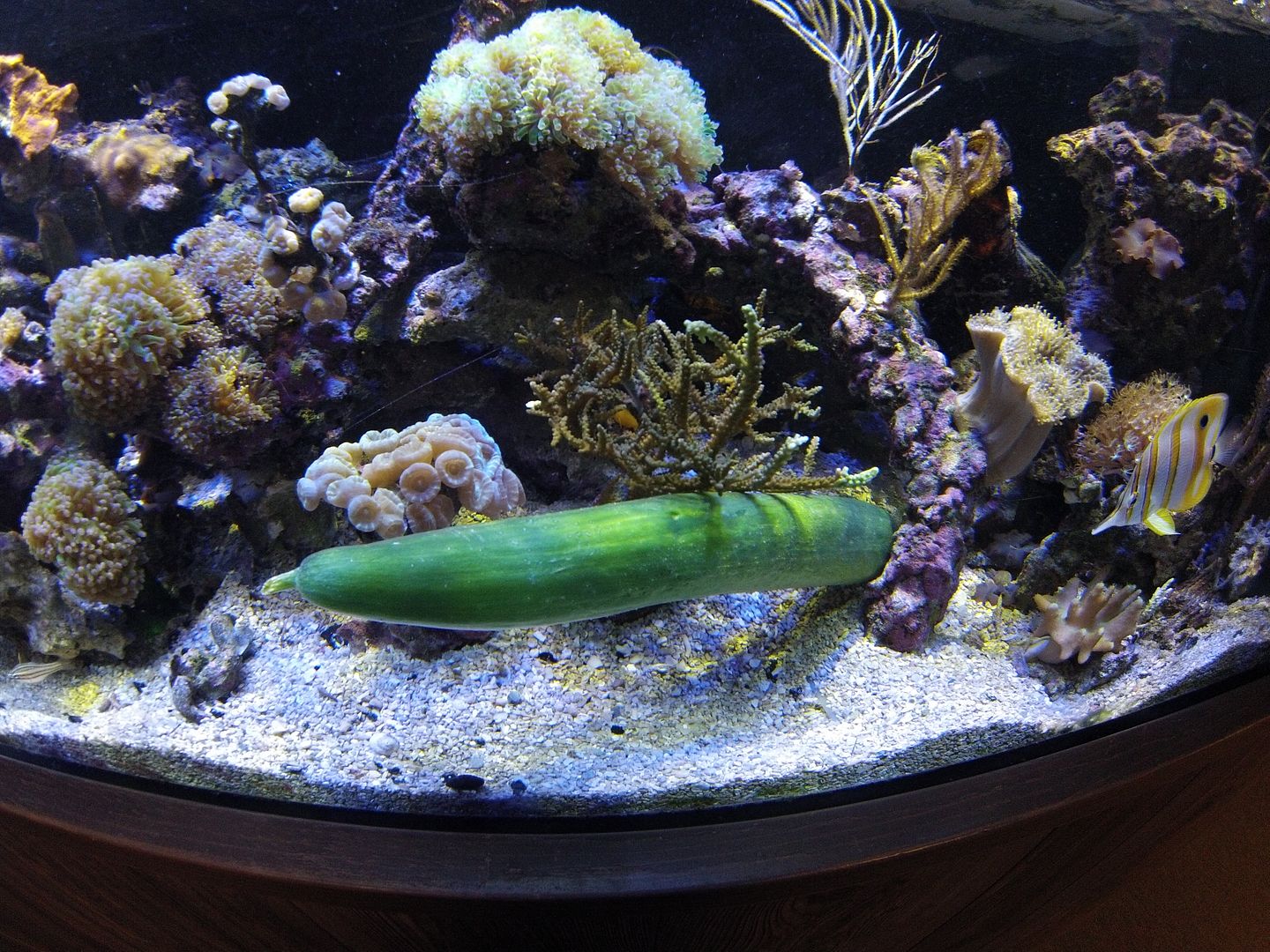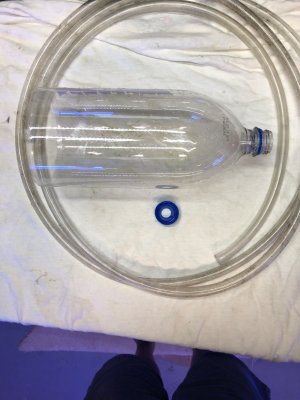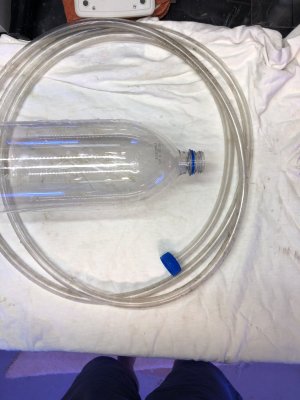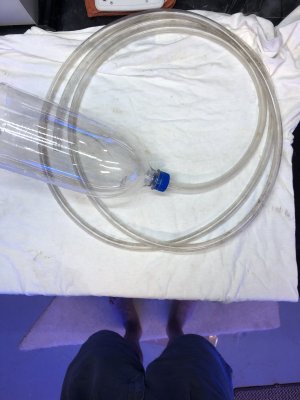- Joined
- Sep 11, 2019
- Messages
- 716
- Reaction score
- 1,284
I guess if I have lots of corals on sandbed, this fish is not for me? What other sand shifting fish would you recommend?
If they are on the sand bed, this wouldn't be the greatest fish for you unless you mind digging them up every now and then LOL.
Sand sifting starfish, fighting conchs do well, zombie snails(nassarius snail), hermit crabs, sea cucumbers, etc. are other options.
With pretty much any fish you will have a chance they can bury corals, snails are the safest route, but not the fastest cleaners compared to say the goby or starfish





















